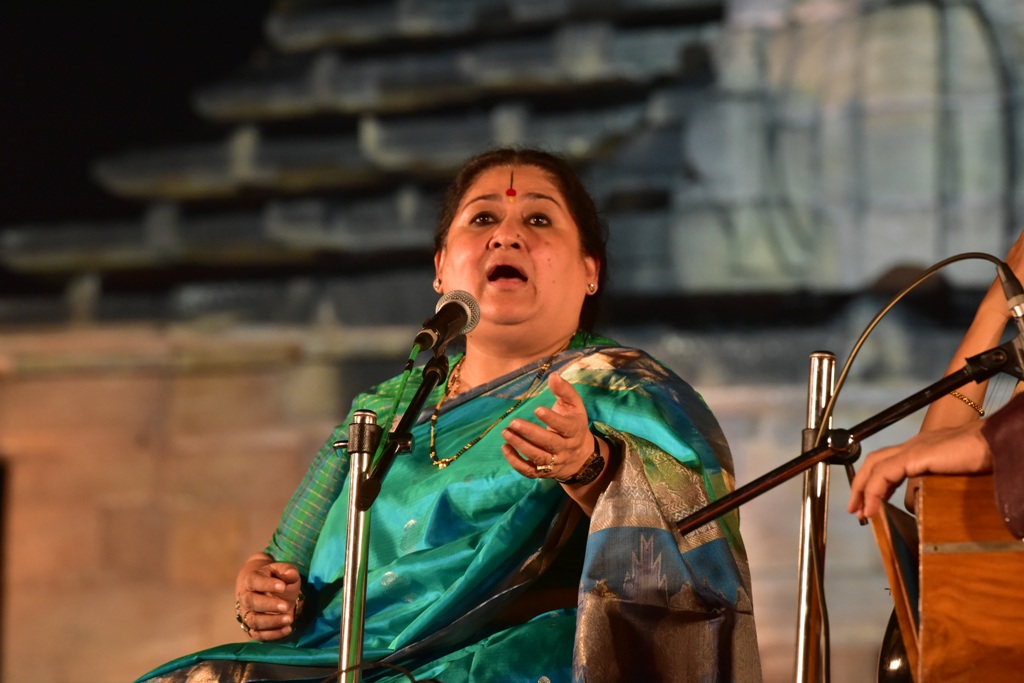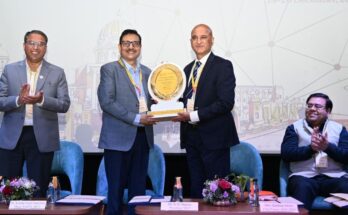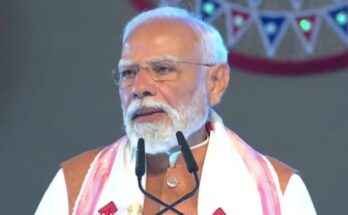By Madhavi Puranam
The lovely expanse of green, bedecked with Pipli lamps and the trees dripping with twinkling strings of lights makes for a surreal setting for enjoying music at the Raja Rani Festival in Bhubaneswar.
Three days from January 18 to January 20 saw luminaries of music perform at the glorious 11th century Rajarani temple, which makes for an awe-inspiring backdrop for the festival. The Odisha tourism department, Odisha Tourism Development Corporation and Odisha Sangeet Natak Academy together organise this beautiful annual festival of classical music in India.
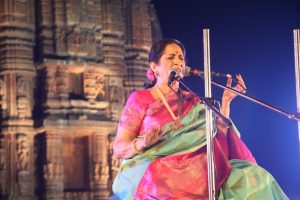
The Bhubaneswar audience is loving and enthusiastic in its appreciation for arts and converge in good numbers for the galore of festivals, come winter.
The three-day celebration of music saw Shubha Mudgal at the grand finale, which stood out with its artistic flourish that one expects at such a festival. The maestro delighted the audience with her opening exploration of raga Shyam Kalyan. She soothed the ruffled soul of this writer who was put at unease by the evening’s earlier raucous presentation.
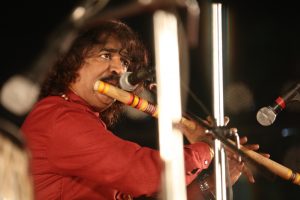
Her guru Ramashrey Jha’s bandish, “Chandrama bhala viraje” followed by the dadra, “Jaaye kaun pani thado banwari” was manna. The jhoola, “Jhoola deere jhulao sukumari Siya ko” aptly took the graph of her rendition for the evening to an unhurried restful culmination. The last rendition “Saiyyan bedardi” was an added bonus. Mudgal, a seasoned classicist who is also known for her thinking cap and experimentation in music, Aseem Pradhan on table, and the able harmonium player made for a no-fuss group who breezed on to the stage and mesmerised one and all just with their art… no fancy announcements, or anecdotes or fuss over mikes…. They just got on with the job at hand, which was giving a taste of beauty through their Hindustani classical fare.
Eminent Carnatic singer Aruna Sairam commenced with a Muthuswami Dikshitar composition followed by the Astapadi “Lalita Lavanga”, which she tried to render in a non-Carnatic style. With a charming presence on stage and authoritative singing, Sairam went on to praise goddess Kamakshi of Kanchipuram and followed it by a rendition on Ganapathi evoking the devotion at Ganapathi Visarjan in Mumbai.
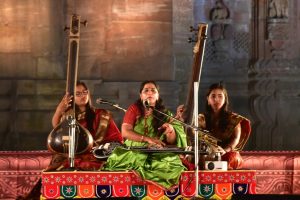
The Odia bhajan “Jagannath Swami” taught to her by eminent musician Prafulla Kar was meant for the Odia audience as was “Thakamana Chala Jiba” originally sung by the renowned Odia musician Balakrushna Das. Taking regional gems sung by stellar singers of Odisha to a discerning local audience is quite a task and Sairam could have avoided not living up to the expectation. She concluded with a tillana by Oothukadu Venkata kavi. All the numbers were enticing individually, but, together, they did not thread into a substantive recital for the evening. K.B. Prasad accompanied her on mridangam and B. R. Rao on violin.
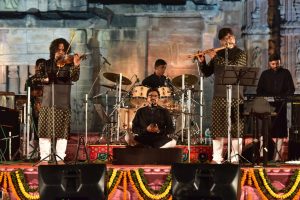
The flute recital by Pravin Godkhindi accompanied by his son Sharaj Godkhindi on flute and Ojas Adhya on tabla was melodious. The Odissi vocal by Sangita Panda was lacklustre and her style of singing treads the genres of both Odia and Hindustani.
Pandit Kumar Bose accompanied by the pakhawaj and sarangi was mellifluous in a festival wrought with harsh percussion. The excellent recital succumbed to the lure of heightened sound when Bose urged the sound technicians to increase the volume. The fine aesthetic of the recital carefully built to a climax actually ended in an anti-climax of noise.
Agnimitra Behera and his Group Shivagni need to reflect on what they tried to achieve with their concert, which started with a Sanskrit hymn, jumped on to Arabian sounding strains, moved to a medley of Odia songs, and then surprised with a “gone in a flash” western operatic vocals.
One did wonder what the thematic thrust of the festival was. One also wonders why musicians forget that a recital needs to have its own graph of presentation with a beginning, exploration and build up of the musical body and ease into a relaxing finale or end in a crescendo of scintillating finale. A bouquet of numbers unmindful of this progression is a wasted opportunity to create aesthetic pleasure.
(Madhavi Puranam is editor of the Nartanam, a Hyderabad based classical dance journal)

